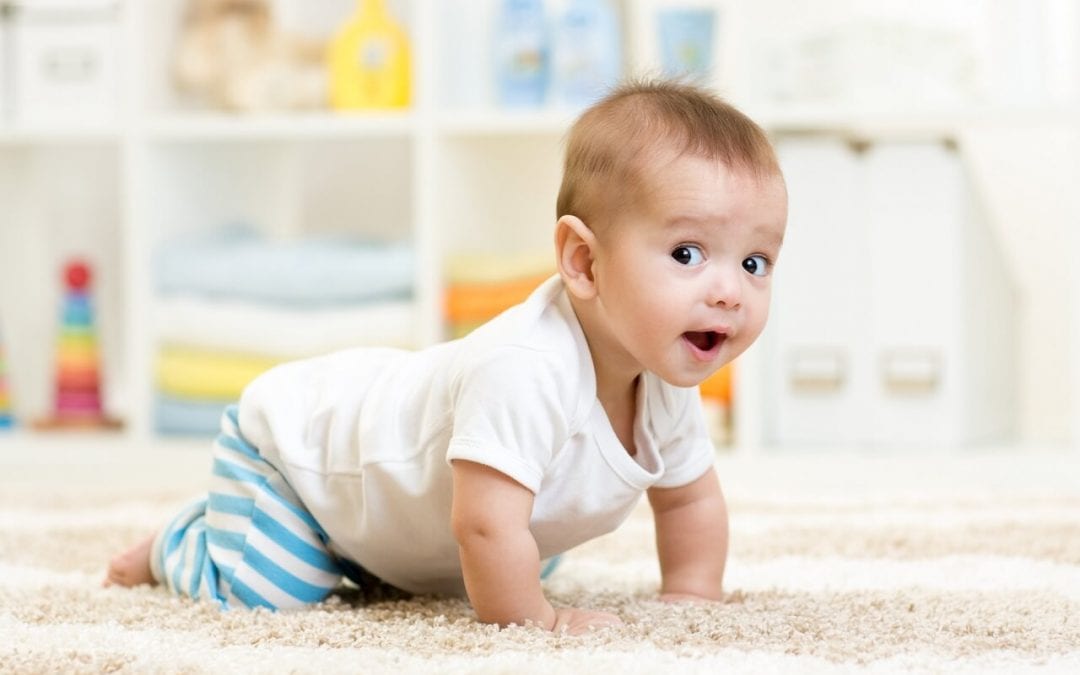Babyproof Your Home With These Simple Tips
Having a baby in the house can be stressful, especially when they become mobile and want to explore their environment. Babies require constant supervision and attention. Even turning your back for a few seconds can be just enough time for an accident to happen. This is why you must babyproof your home. The point of babyproofing is to reduce as many hazards as possible to keep your baby or toddler safe. While no house can be 100% babyproof, there are some very simple things you can do around the house to reduce injuries and mishaps.
The Kitchen
Since most families spend a lot of time in the kitchen, it makes sense to start thinking about how to babyproof your home here. The cabinets under your sink should be locked with childproof latches, especially if you store things like dishwasher detergent, soap, and other toxic products in there. Anything sharp like knives should be stored out of your child’s reach, preferably at the back of the counter. If you’re cooking using pots and pans, keep the handles turned inwards to prevent your child from accidentally pulling one off the stove and getting burned.
You can also put safety knobs on your oven and stove to prevent your child from accidentally turning the stove or oven on. Install an oven lock on your oven door, which will prevent small children from opening the oven. However, the best safety tip is to keep your child out of the kitchen while cooking.
The Bathroom
Your bathroom also contains dangerous items for children. Like the kitchen, secure all your floor-level cabinets with a baby-proof lock. Keep all of your medications and over-the-counter drugs in a medicine cabinet out of your child’s reach. And things like razor blades, hair trimming scissors, and other sharp objects should be kept locked away. All electrical outlets should be GFCI, so they’ll automatically trip if there’s an interruption in the current. Unplug all electrical appliances, like curling irons, when not in use and store them safely away.
The faucet and shower also need some attention. Adjust your water heater’s thermostat to a maximum of 120 degrees F to prevent scalded skin.
If your child is toddler age and they’re taking baths in the tub, get a non-slip bathtub mat to prevent slipping.
The Baby’s Bedroom
Your child’s bedroom is another area you’ll need to consider when you babyproof your house. Like in other rooms, put safety caps in all the electrical outlets. Put child safety latches on your windows to prevent your child from accidentally opening them and possibly falling out.
The crib needs a firm mattress and shouldn’t have any types of decorative pillows, fluffy comforters, or even stuffed animals because these can pose a suffocation risk. Check the crib’s side slates, they should be no more than 2-⅜ inches (or 6 centimeters) to ensure the baby’s head can’t get caught between the slats. If you’re buying a new crib it should be free from any safety recalls, but it never hurts to double-check.
Once your child can get on all fours or stand up, remove toys from the crib so the child doesn’t climb on them and potentially fall over the side. The floor should have soft carpeting to prevent injuries when your child takes those unavoidable trips and tumbles.
Babyproof Your Home Before the Baby Comes Home
Get as much babyproofing done as you can before your baby is born. Soon, you’ll be busy with feedings, diaper changes, trying to sleep, and maintaining a somewhat normal life with your newborn. You won’t have the time or energy to babyproof your house. Even if it seems like you’re going overboard with cabinet locks and outlet covers before your baby can even crawl, you’ll be happy you thought ahead when the time comes.
Nico Home Inspections provides home inspections to Southeast Florida. Contact us to schedule our services.

